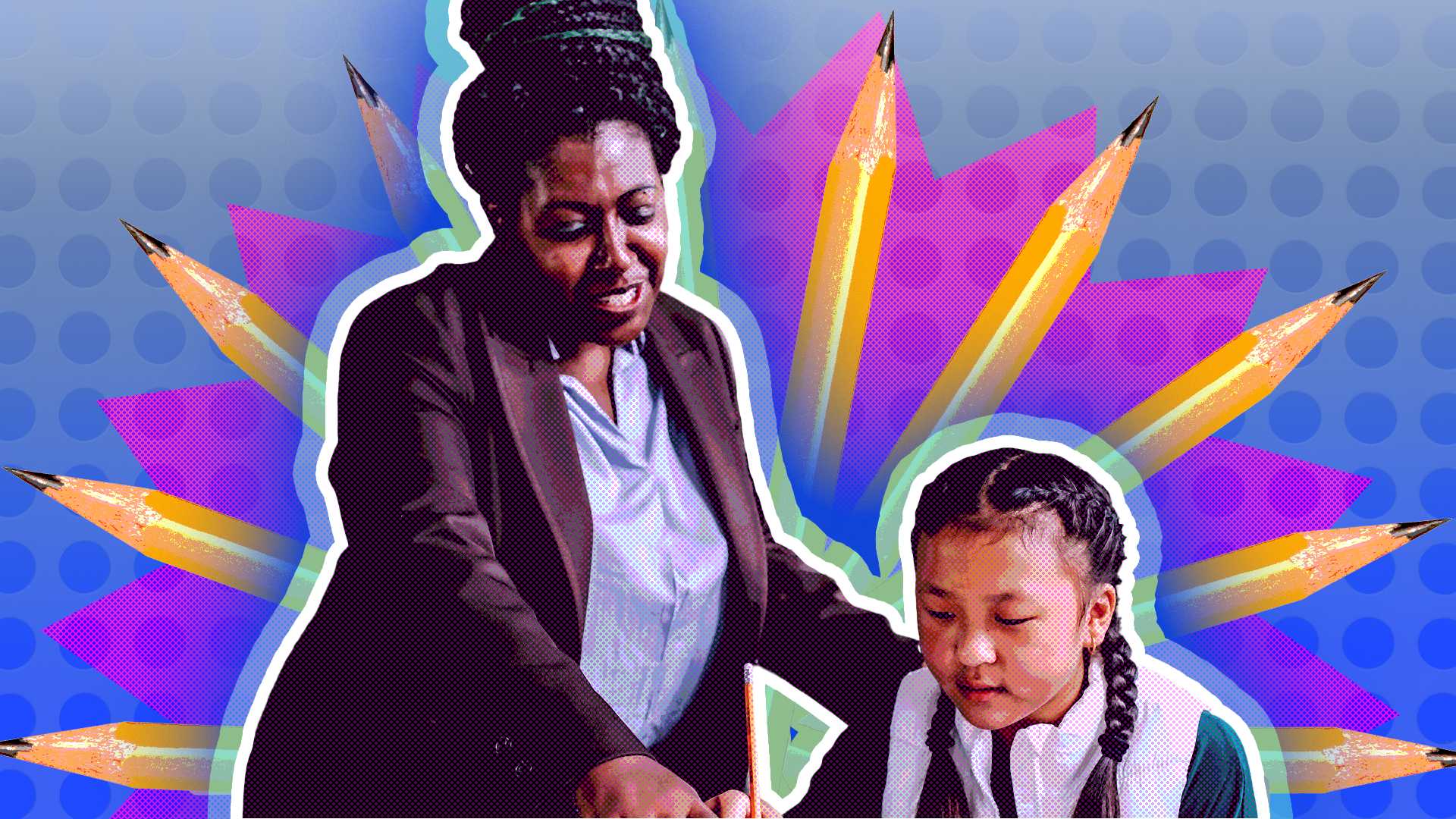By David Bielik
When a student embarks on a journey of learning something new, there is always a greater context in which that learning occurs. Students bring not only their personalities and learning styles, but also individual circumstances, external to the specific learning environment. Educators must not make the mistake of thinking that learning happens in a vacuum. All the conditions that affect the learner will, in turn, affect the student’s learning outcomes. Just like a physical journey, learning involves navigating these external environments, internal thoughts and feelings, and many other personal obstacles. When educators recognize and account for students’ individual environments, feelings, and barriers they allow students to succeed in spite of those specific challenges. This empathetic approach is not about excusing behavior – just the opposite. Being empathetic creates a rich and supportive environment where teachers can help students navigate unnecessary barriers in order to reach their true potential.
Over the course of my career as a classroom teacher, I have seen firsthand how being empathetic can help both students and teachers succeed. A few years ago, just weeks into the start of the school year, I had a new student show up in my Geometry class (let’s call them Sam). Sam had a defensive demeanor, with their arms folded across their chest, staring forward. After the class, I introduced myself, gave Sam some introductory materials and asked if there was anything they needed for the class. Sam was very polite and welcomed the conversation. Sam said they needed a notebook, and I told them where to find one in the supply closet. The next week, I continued to check in with Sam and found that they were having trouble turning in their assignments. I met with Sam after class and they told me that there were certain weeks when turning in assignments was tough because of responsibilities and situations at home. I made a plan with Sam that they could turn in assignments on the days and weeks that they were able to complete them. As the year progressed, they continued to complete the work in waves, just like we had mapped it out. When I noticed Sam lacked focus or appeared pre-occupied, I would check in with them and see what they needed. Sometimes they needed me to re-explain a concept, and sometimes they just needed a gentle positive reminder that I was looking forward to receiving their work. This back and forth continued throughout the school year, and Sam was ultimately able to complete all of the competencies necessary to pass the class. Notably, this story doesn’t have any fanfare or fireworks. The student quietly went through the year and I didn’t hear from them afterward. Showing empathy doesn’t mean that you need to have a movie-worthy interaction with a student. Simply by showing empathy for the student’s situation and focusing on the goal of individual success, I was able to remove unnecessary barriers and provide helpful and meaningful resources to the student to help them succeed.
Empathy has been an important tool in my educational career, but I’ve certainly made many mistakes. Too many times, I made assumptions about students and had to admit my biases as I learned more about their situations. By being empathetic from the beginning, I could have saved a lot of time and perhaps helped students succeed even more. Here are some tips to being more empathetic.
Intentionally talk to your students about their lives outside of class - Asking about a student’s life outside of school can give you a great insight into what they bring to the classroom. What other commitments do they have outside of classes (perhaps they care for a family member, or have a job on the opposite side of the city)? How are there other classes going (perhaps one class is monopolizing their time or they are more confident in certain classes)? All of these questions can lead to developing greater empathy.
Actively listen to your students - When a student asks for something or expresses concerns, make sure you use body language that shows them you are interested, provide adequate time for them to speak, and ask follow up questions to make sure that you understand their request or concern. Follow up with the student later on to ensure that the issue is resolved. This shows the student that you care about their circumstances and want to help with appropriate resources.
Rephrase your statements as questions - Instead of saying, “This is due on Monday,” perhaps you can ask, “Can you get this done by Monday?” This allows the student to provide context to completing the assignment, allows them to take ownership of its completion, and also helps to assign an appropriate due date as well as provide any additional resources.
Being empathetic is not about providing excuses for behavior or situations. Nor is it about diving deeply into student personal lives outside the classroom. Being empathetic is about recognizing the individuality of each learner to help provide the most helpful support. By being more empathetic as educators we not only maximize our students’ potential but we also maximize our own.

